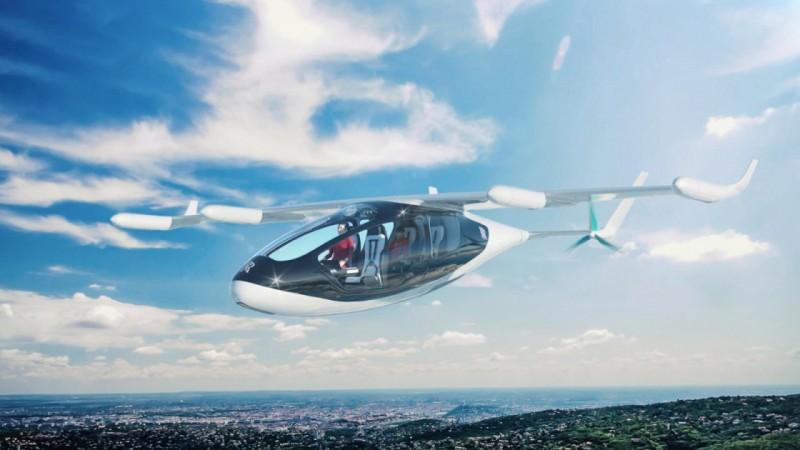An energy entrepreneur along with a one-time Formula 1 racing team owner, is entering the race to create flying taxis, based on recent advancements in the aerospace industry.
Stephen Fitzpatrick, the founder of Ovo Energy said his new project will apply exercises from F1 to assemble electric vertical take-off and landing aircraft.
His Bristol-based self-funded flying company called Vertical Aerospace plans to offer short-distance, between city flights using pilot-guided airplane in four years, Fitzpatrick said.
Since its commencement in 2016, the firm has employed 28 veteran aerospace and specialized specialists from Airbus, Boeing, Rolls-Royce, Martin Jetpack and GE with broad experience in building certified business flying machines.
Unlike many other flying taxi projects by various companies who feel that it'll be a pinnacle of innovativeness to bring in unpiloted aircraft, Vertical trusts it can take better care of the things by having fixed-wing piloted aircraft that may capitalise on the existing innovations.
Vertical is hoping to focus on the most congested air passageways in the world with aircraft that require no runways but additionally have enough metal to venture out up to 500 miles (800 km), Fitzpatrick said in an interview.
"We are investing in all the technology evolution taking place in aerospace but we are trying to apply that to something that's real world and is possible to execute four years out," the Vertical Aerospace founder and chief executive said.
"We are not waiting for huge changes in existing regulation," he added.
Contenders working toward launching automated flying vehicles next decade extend from aerospace leader Airbus to Uber, which is building up an intra-city flying taxi armada, Volocopter, which is trying automated taxis that look like a little helicopter fueled by 18 rotors, and AeroMobil, with a stretch-limousine idea that can transform into a flying machine.
Most of these aircraft can be requested on-demand, through smartphones, from skyhubs in downtown areas. The market for these craft is city-centered and tends to serve customers who are quite tight on their schedule or even anyone who would like to travel in a flying taxi. In five years from now, or perhaps less, flying taxis are expected to be operational.


















![India Auto Roundup: Maruti Suzuki, Mahindra have exciting launches in November [details here]](https://data1.ibtimes.co.in/en/full/805520/india-auto-roundup-maruti-suzuki-mahindra-have-exciting-launches-november-details-here.jpg?w=220&h=135)